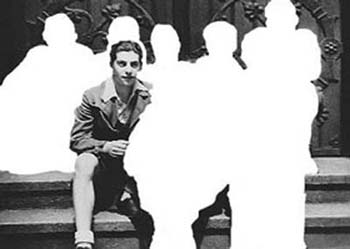Lesson overview
Outcomes
Students recognise the link between the accuracy of their perception of another person and their knowledge of that person.
Introduction
Opinion and prejudice are based on perception.
This activity highlights the importance of information, common experiences, and actual contact with other people in describing accurately or making judgements about them and forming perceptions.
This activity logically follows another lesson idea Perceptions – difference.
Activities
Partner the students in the class so that some are with very good friends and others with students they barely know.
Each student should make one list of five things (television programs, school subjects, leisure activities, sports) that he/she thinks the other person likes and another similar personal list.
For older students the lists could be of groups (national, racial, ethnic, religious, community, club membership) that they identify with. This approach might be more interesting for students, but it is also potentially more threatening for them.
Ask the students to compare their lists with their partners’. Use the following questions to guide the discussion.
- Was the list you drew up for your partner different from his/her own?
- Which pairs of students have the most similar lists?
- Why were some pairs’ lists more similar than others?
Highlight how accuracy in perception is a function of how well students know the person with whom they were paired.

